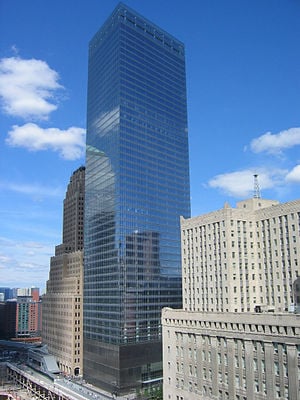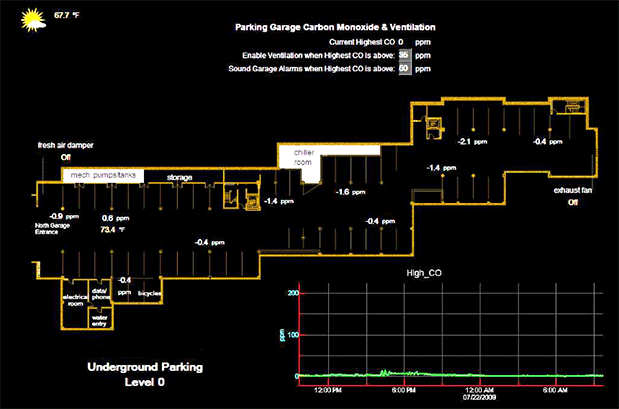Energy efficiency programs and program evaluators are working in a market that is changing at an increasingly rapid rate. As governments and professional and green building organizations increase their focus on how buildings impact climate change and the need to drive the market to adopt efficiency at a higher level, they are fostering market change. Rate-payer funded efficiency programs often align well with these initiatives by providing incentives and technical assistance to support customers who have been motivated through these government and market-based initiatives. But the attribution of savings associated with these projects is complex. One example of this is the new energy benchmarking requirements that are rapidly gaining ground nationwide.
The Rise of Energy Benchmarking
Seven cities and two states have recently mandated energy benchmarking in buildings and many more have legislation in progress. New York City is a leader in this area and their legislation includes a disclosure requirement. Building owners need to monitor and report how much energy their buildings use annually. Here are a few example buildings from the New York City energy disclosure data.
These office buildings demonstrate a range of performance and likely amenity. Because 7 World Trade Center is a new building it likely offers the highest level of amenity to occupants providing ventilation, high quality lighting and sophisticated building controls to maintain comfort. The other two buildings are older and the discrepancy between the scores could be driven by any number of differences in the buildings ranging from amenity (such as air conditioning), to occupancy (data centers drive up energy use), to operations and maintenance. But, if I owned 11 W 42nd Street, I would be concerned and would seek the answer to why my building was using more than twice the regional average. And, if I owned the other two buildings, I might take a minute to feel pride, but then I would want to know why they are using the energy that they are and whether we can find ways to drive consumption down even further.
The Market Effect of Energy Benchmarking
The collection and publication of building energy use indices is stimulating the energy efficiency retrofit market in New York in ways that energy efficiency programs have been unable to do.
 7 World Trade Center. 90 Church Street Post Office on right; Verizon Building on left. (Photo credit: Wikipedia)
7 World Trade Center. 90 Church Street Post Office on right; Verizon Building on left. (Photo credit: Wikipedia)Financial incentives and well-designed programs have not been enough to overcome barriers in the marketplace that arise from the lack of value or recognition of building energy performance. Benchmarking and disclosure legislation is causing building owners to
- Periodically focus on energy consumption and
- Recognize how their buildings compare to their peers
As building owners undertake energy audits and implement improvements as a result of their building benchmarks, many will participate in the rate-payer funded efficiency programs serving their areas. The programs will claim credit for the energy efficiency improvements. The evaluators will have to determine the attribution of the savings given the significant driving force of the benchmarking and disclosure legislation and the advantages of the technical assistance and incentives provided by the programs.




